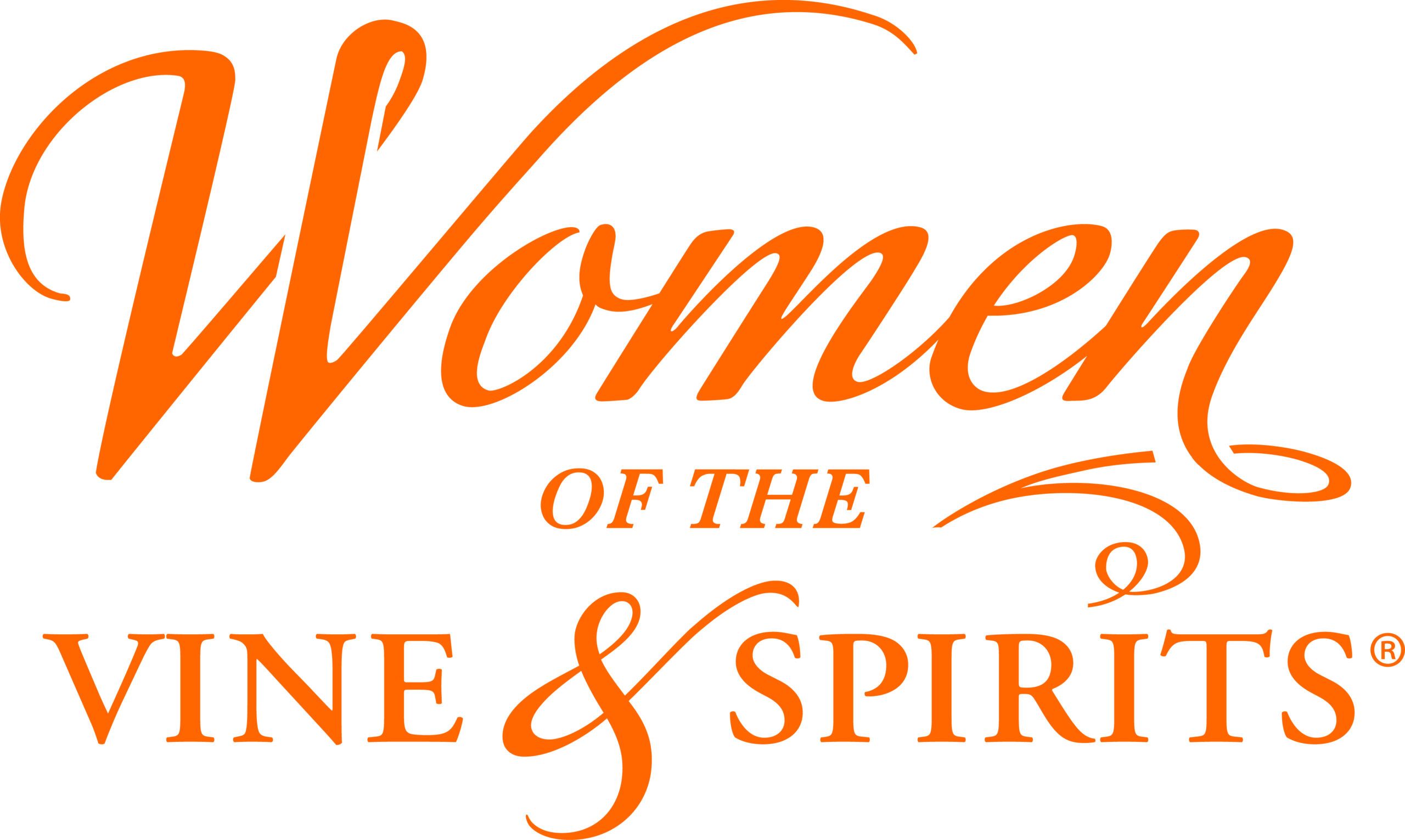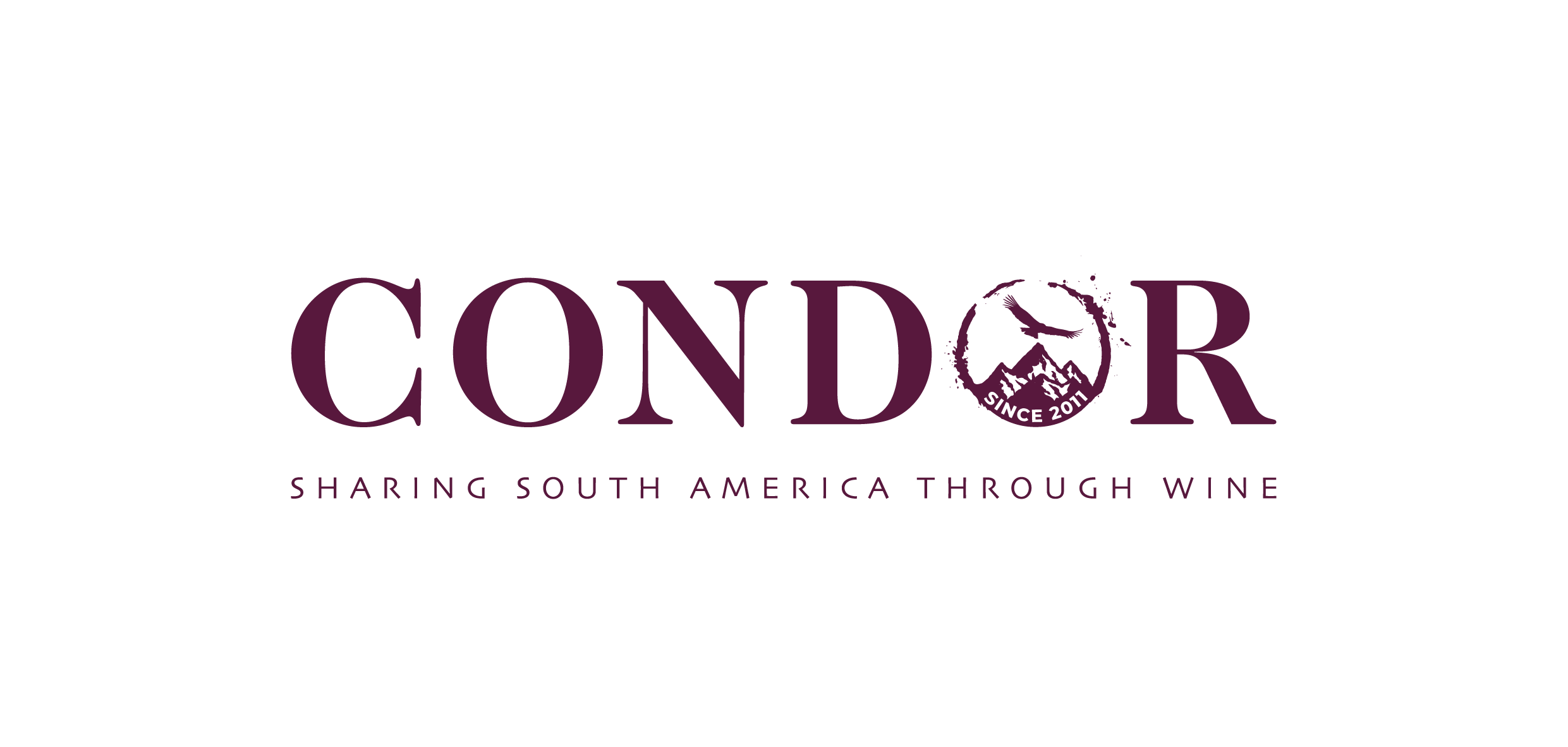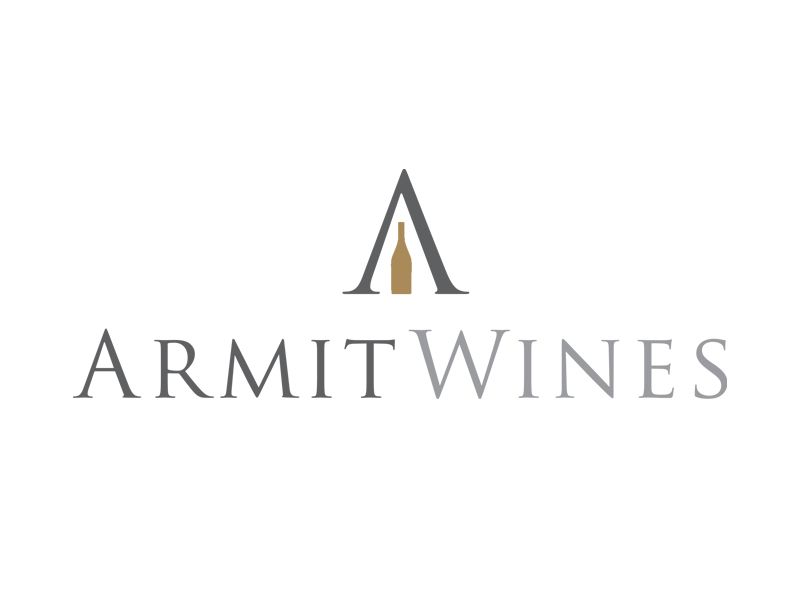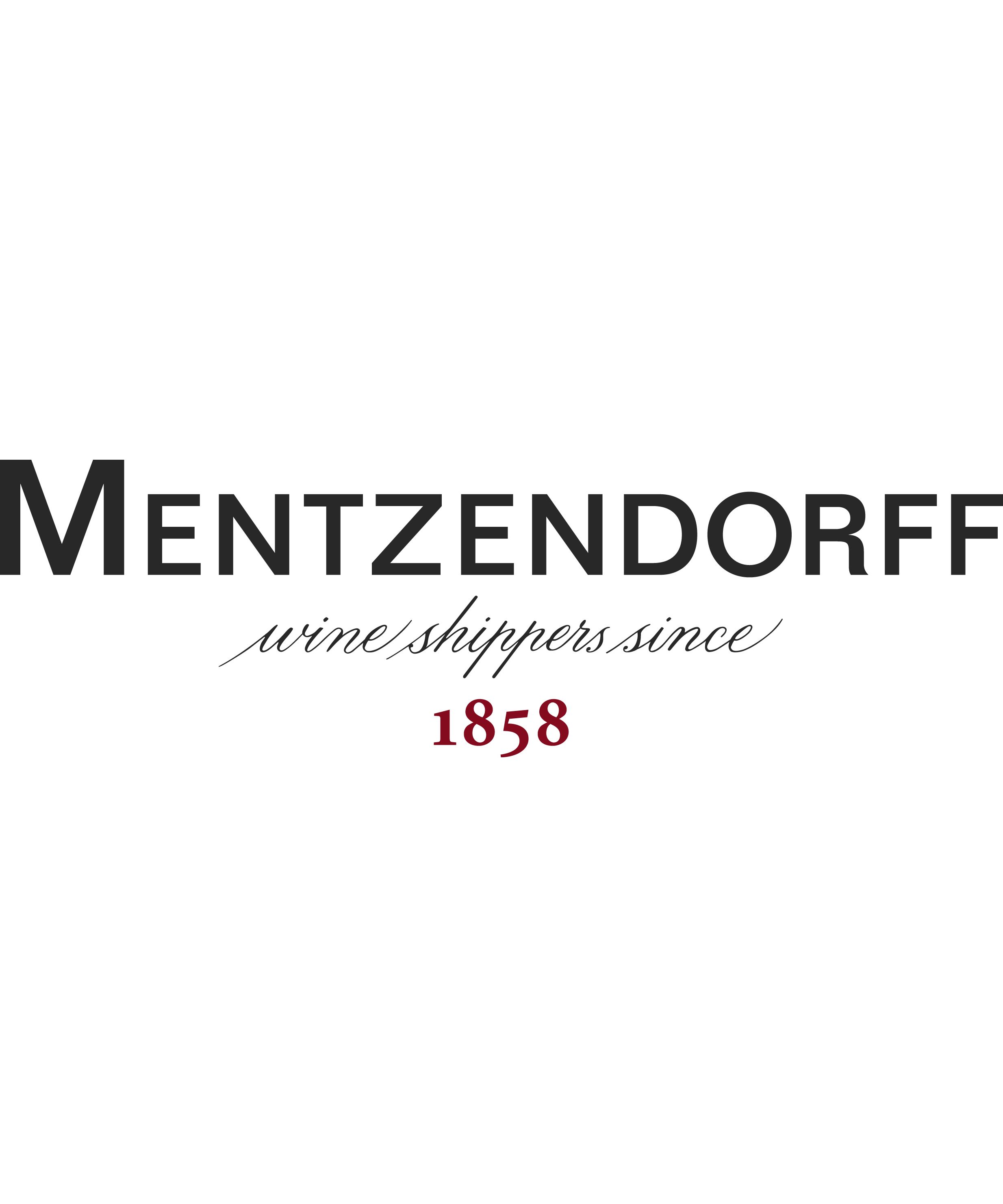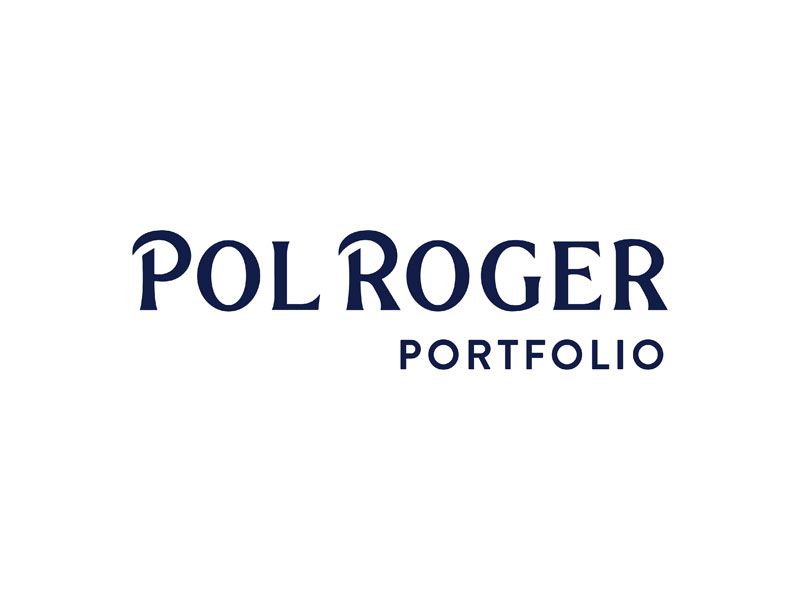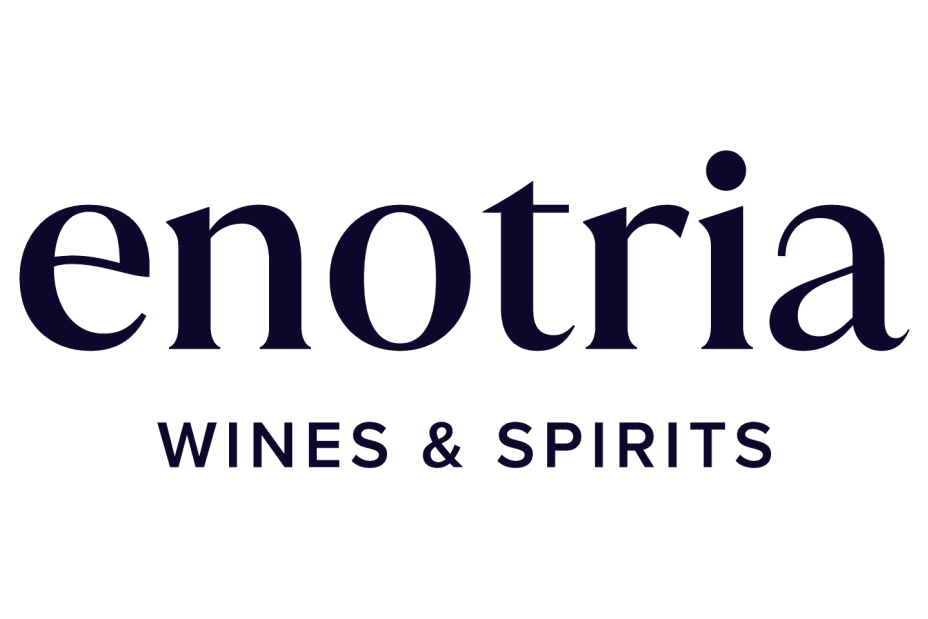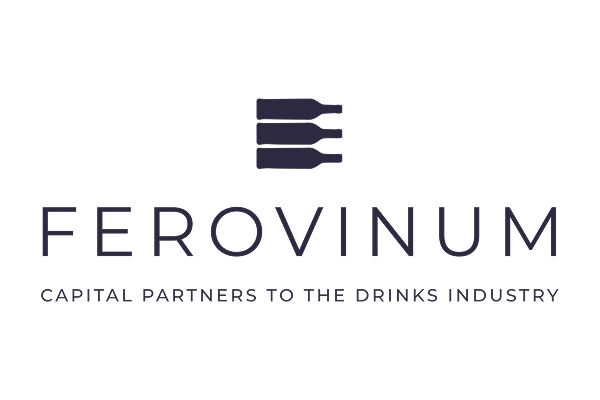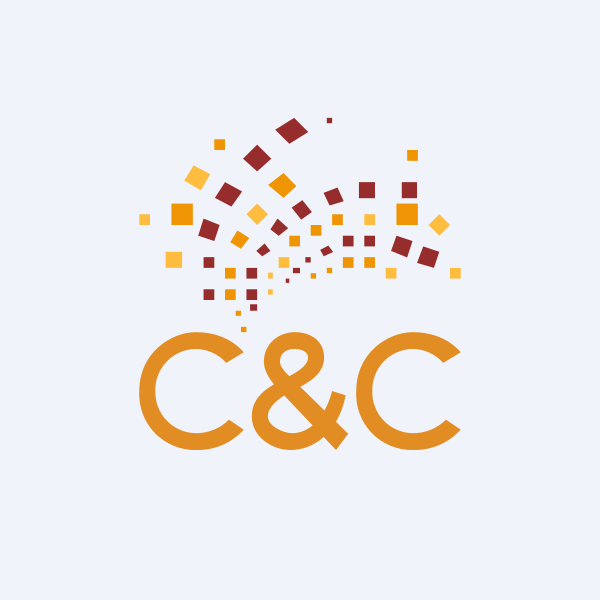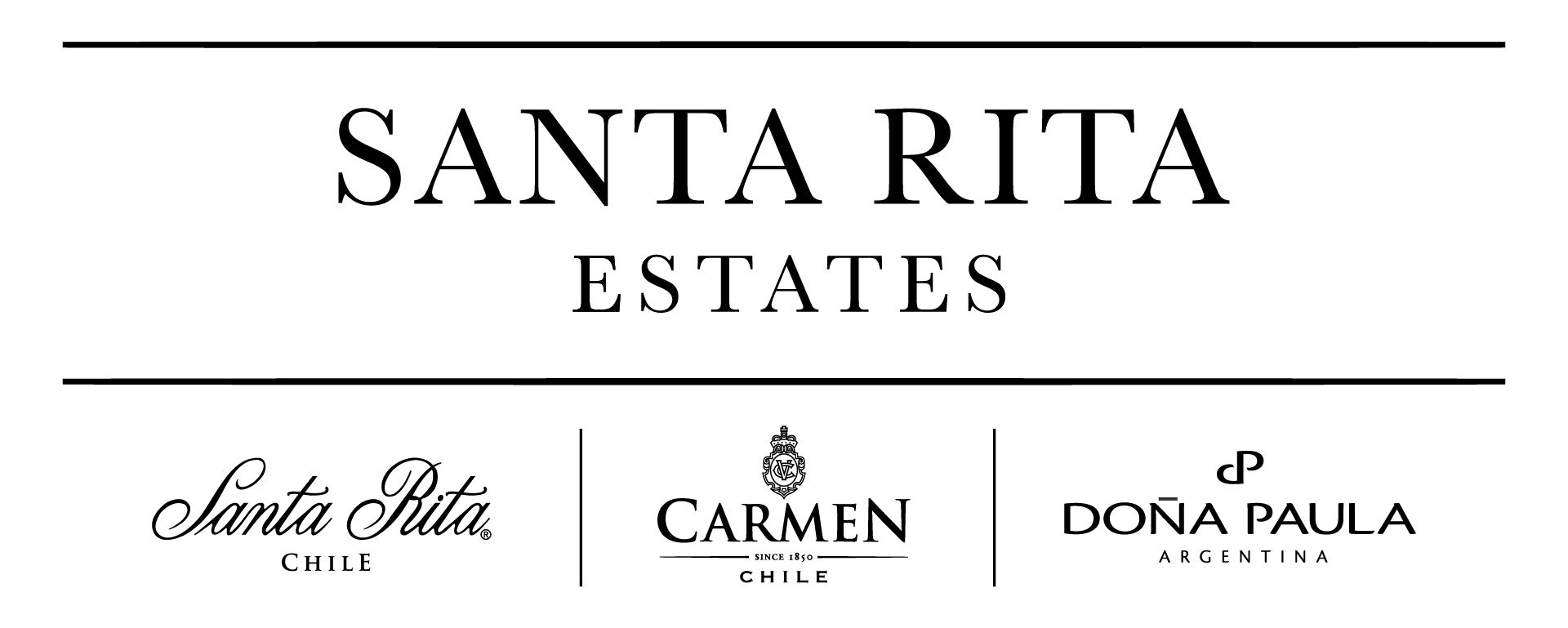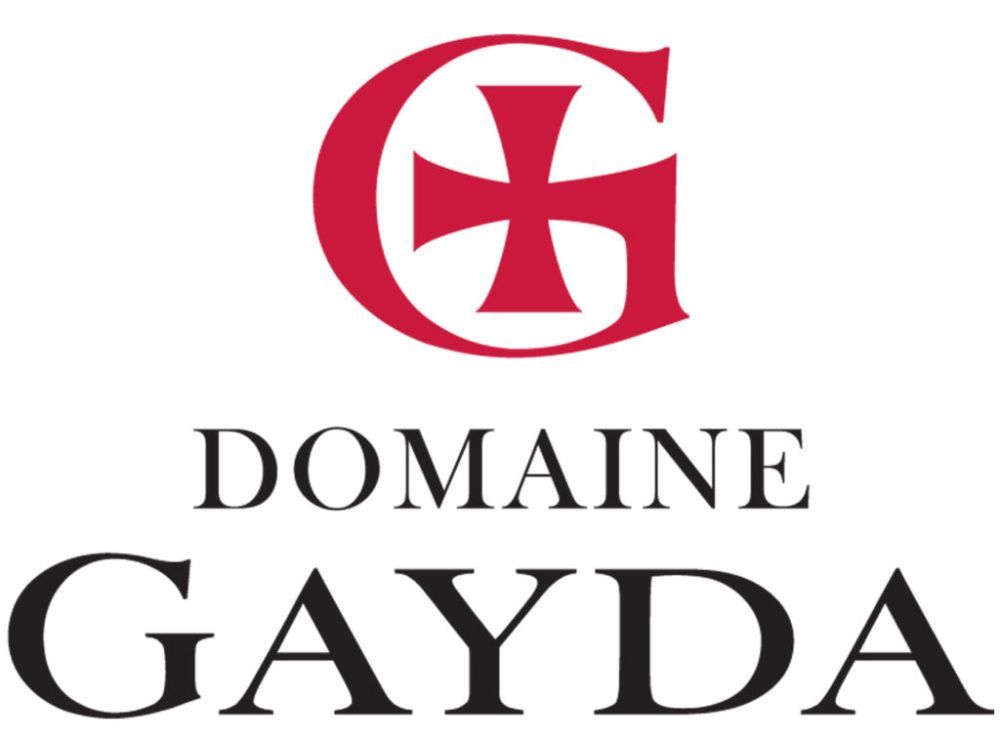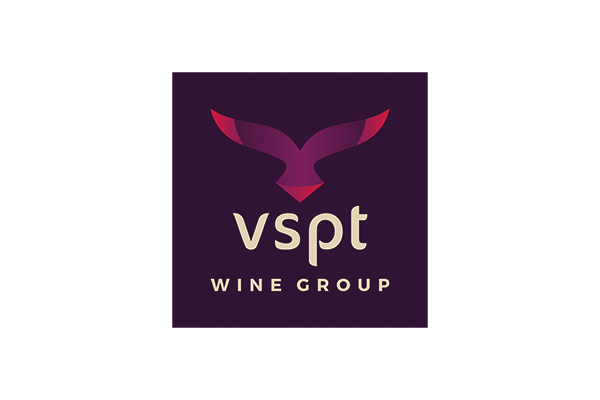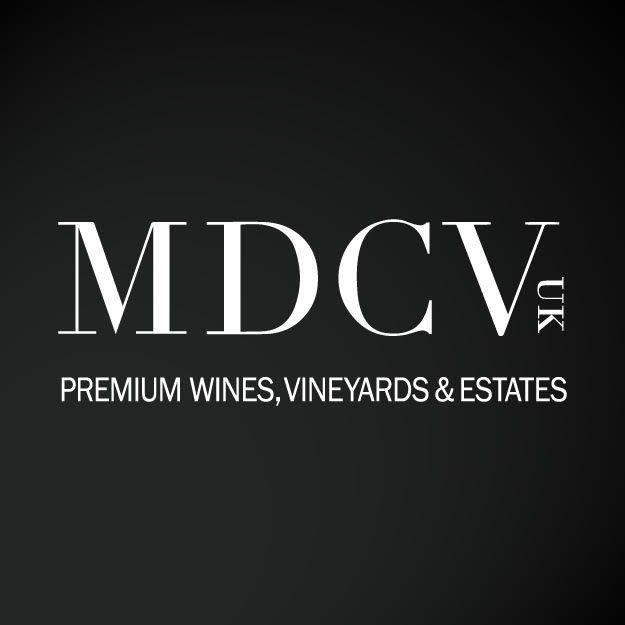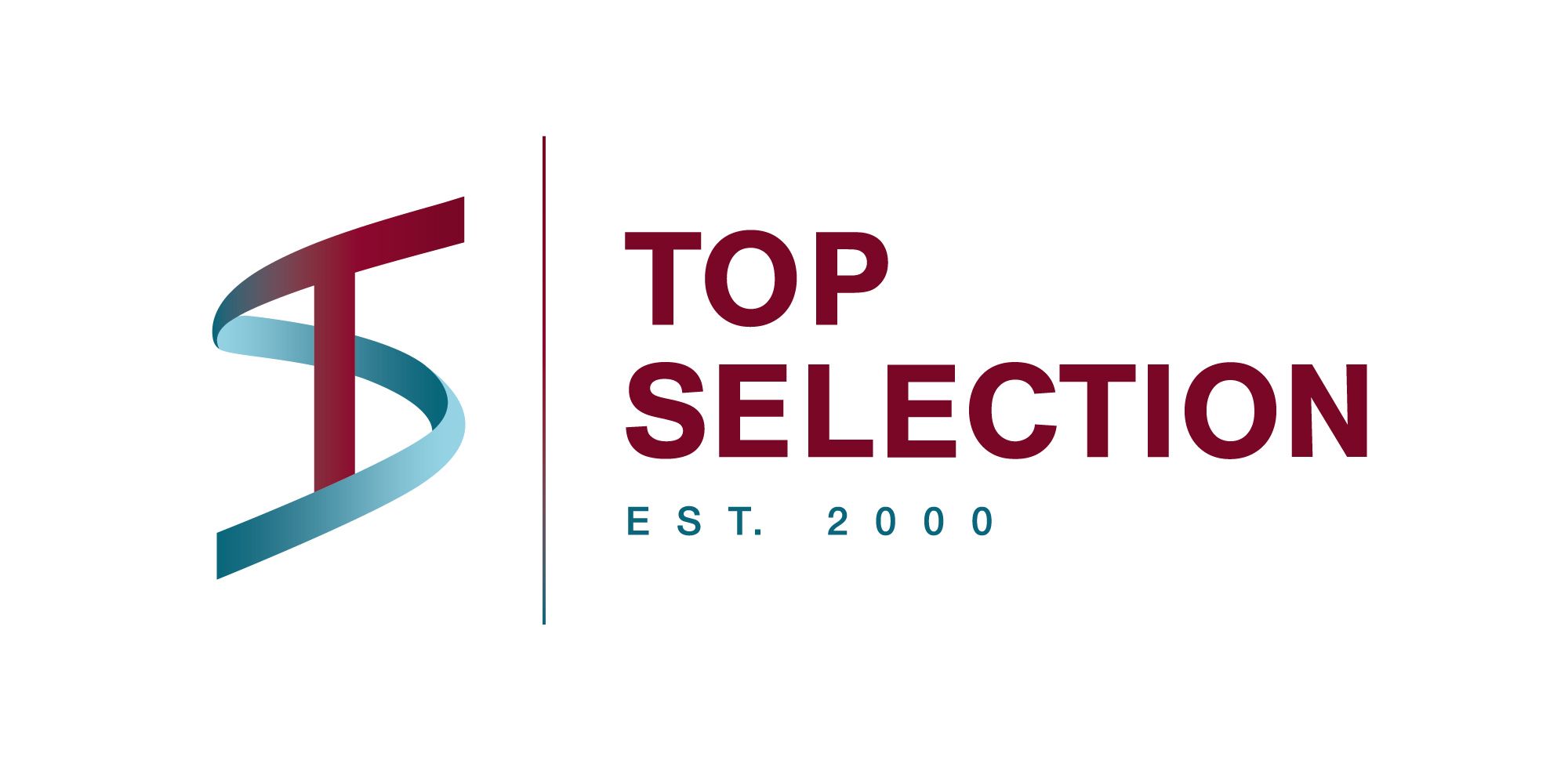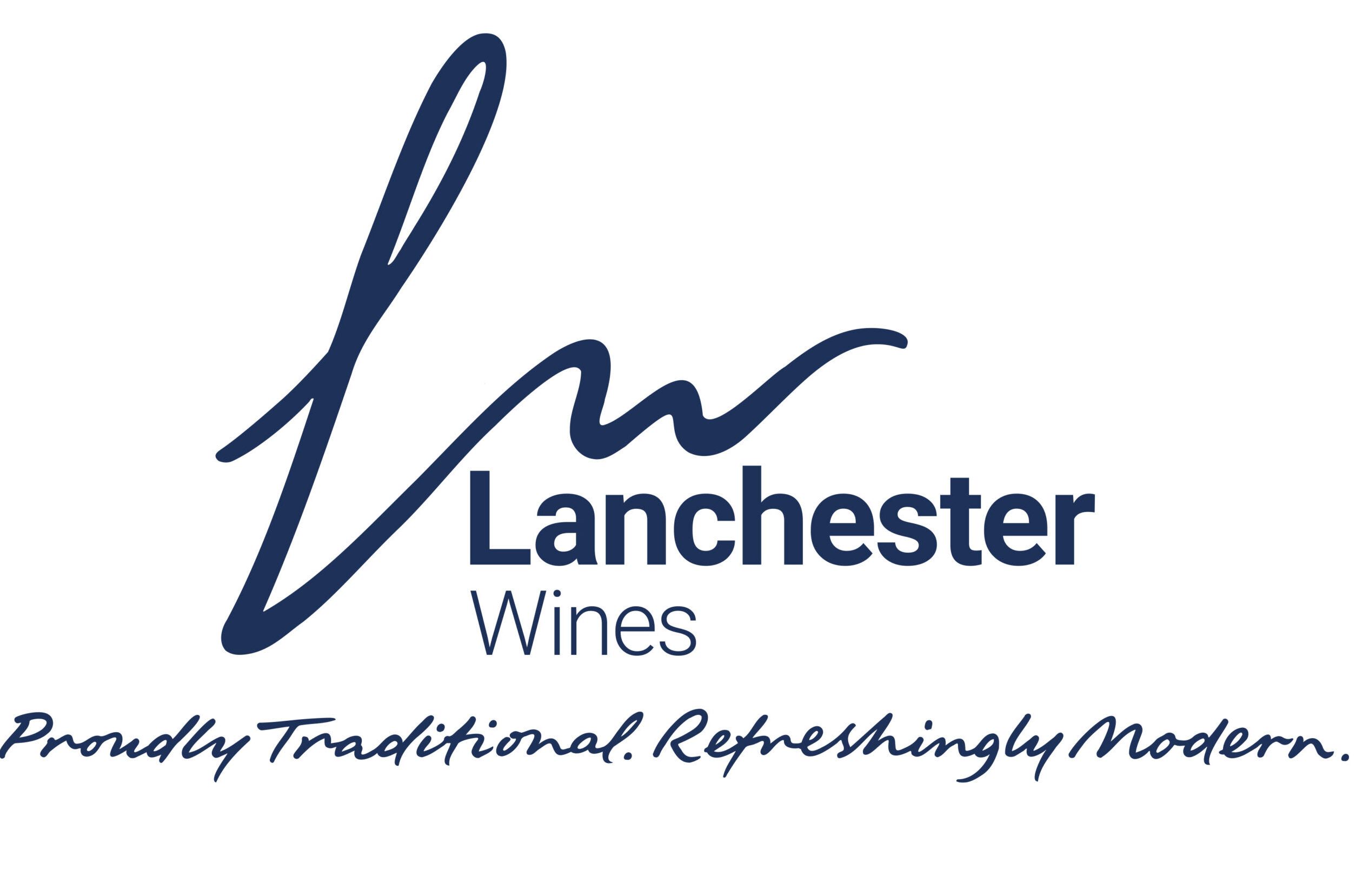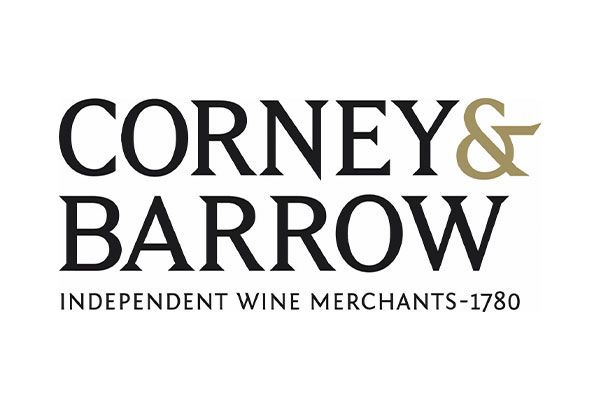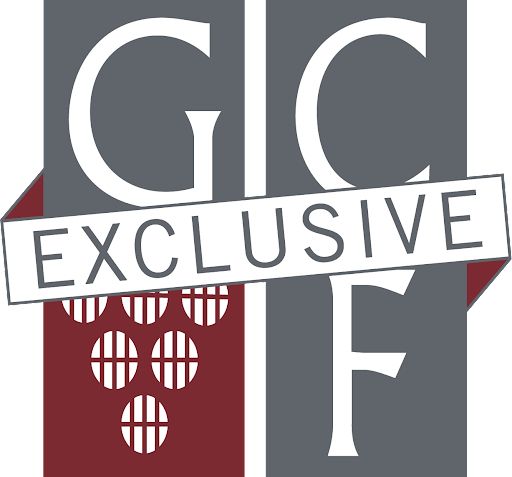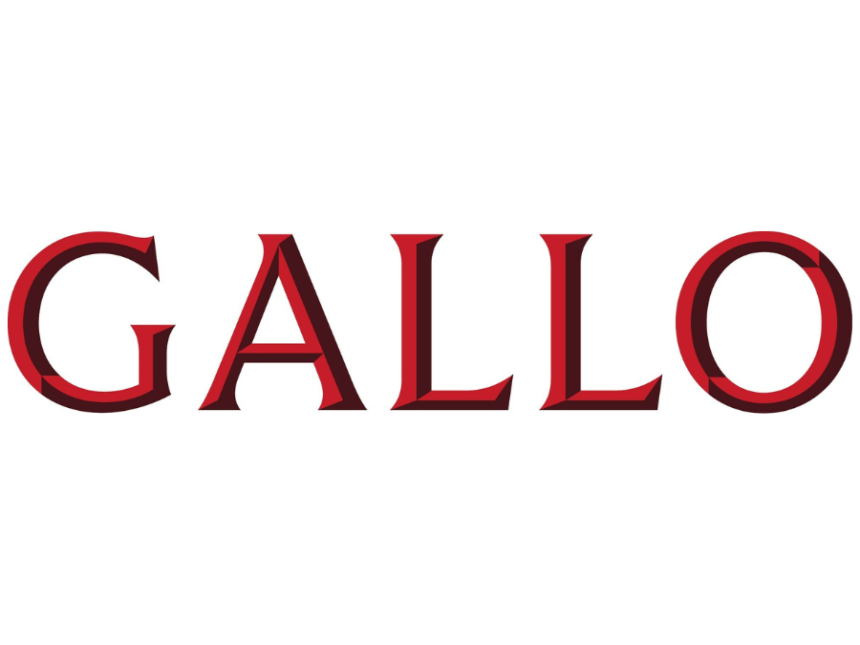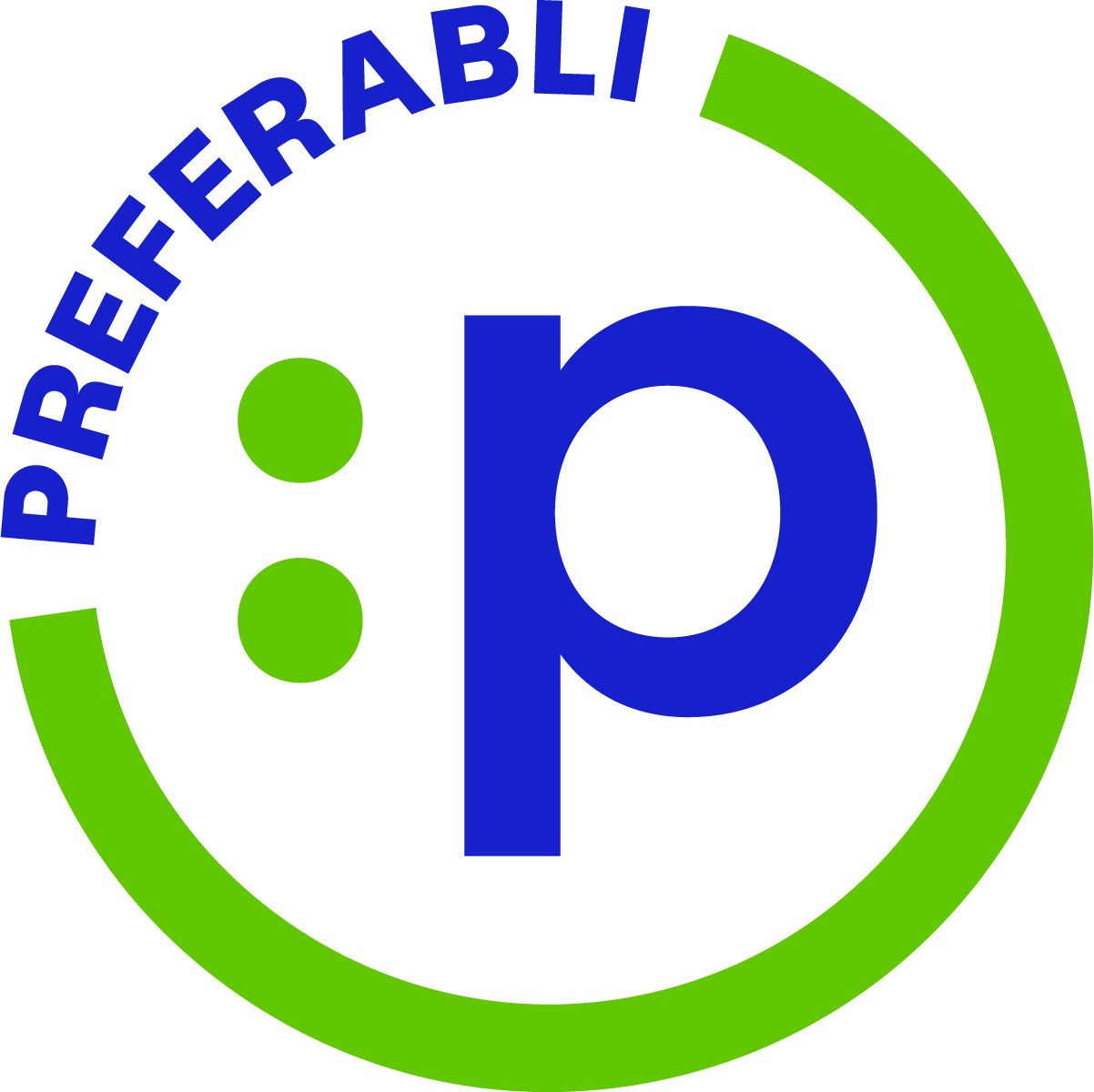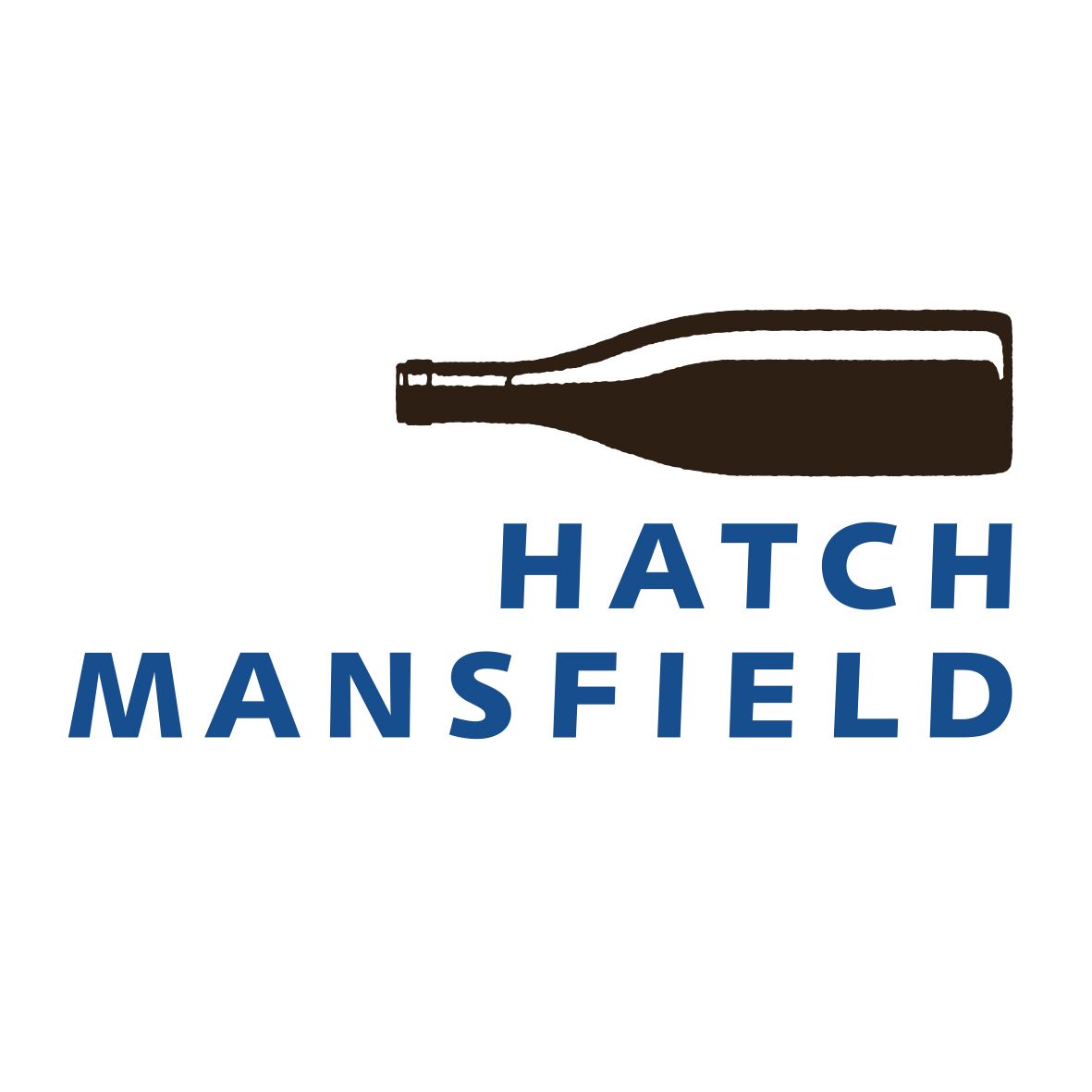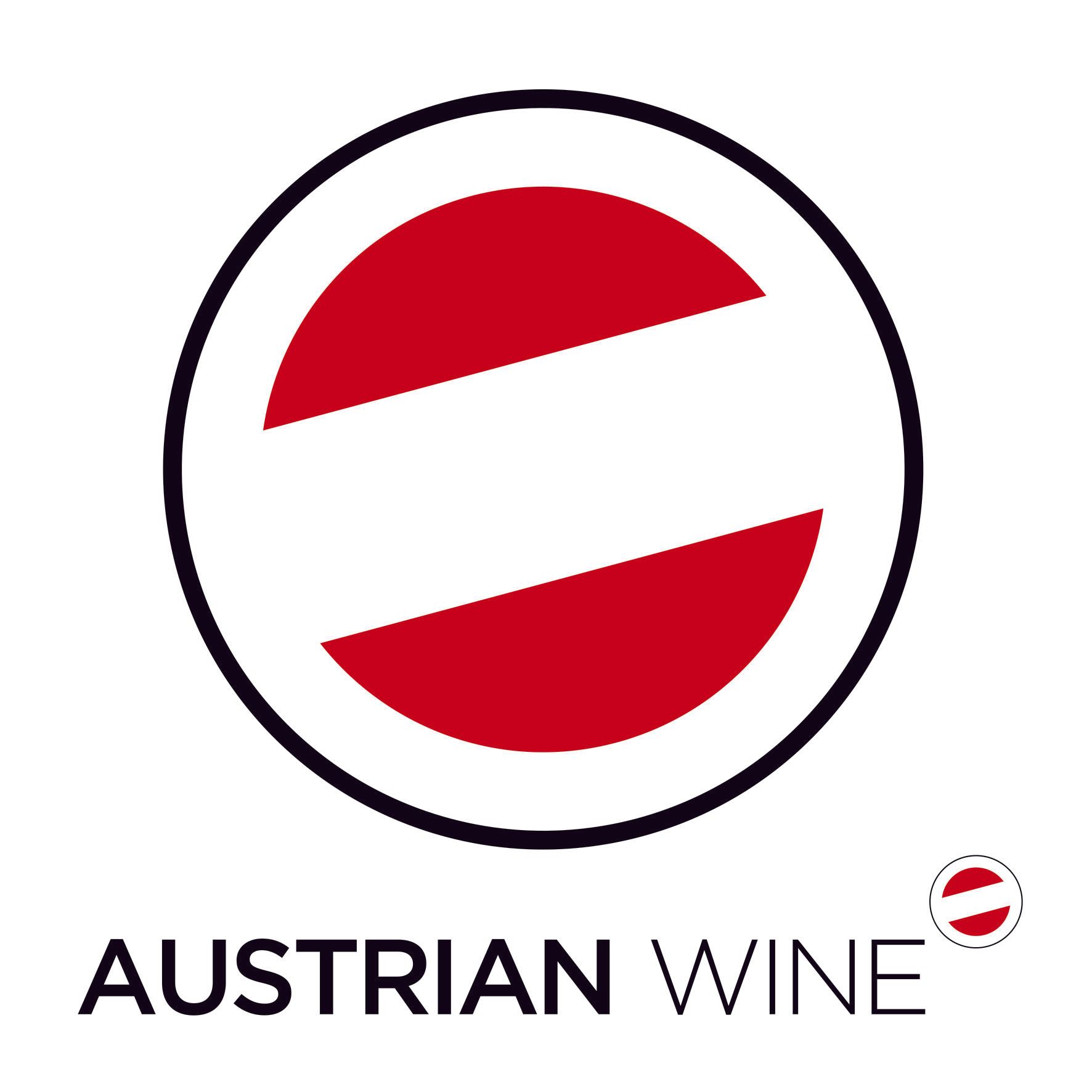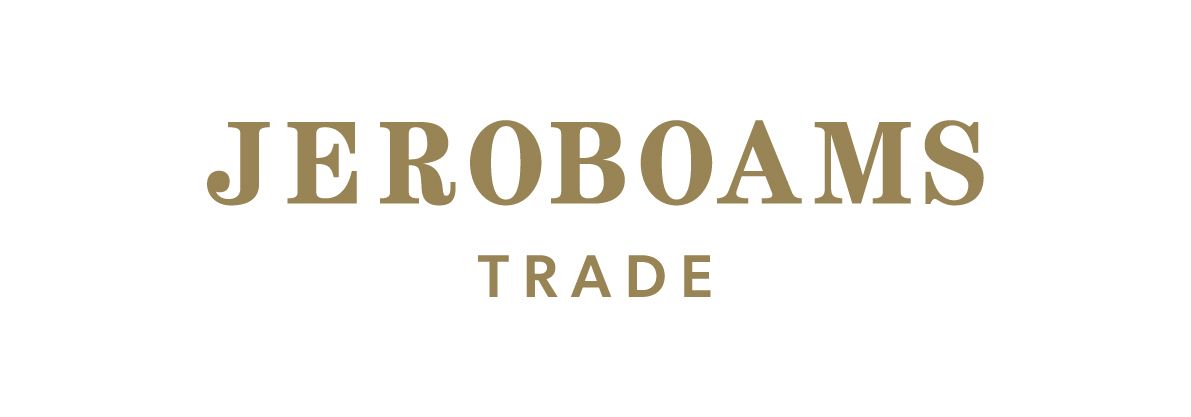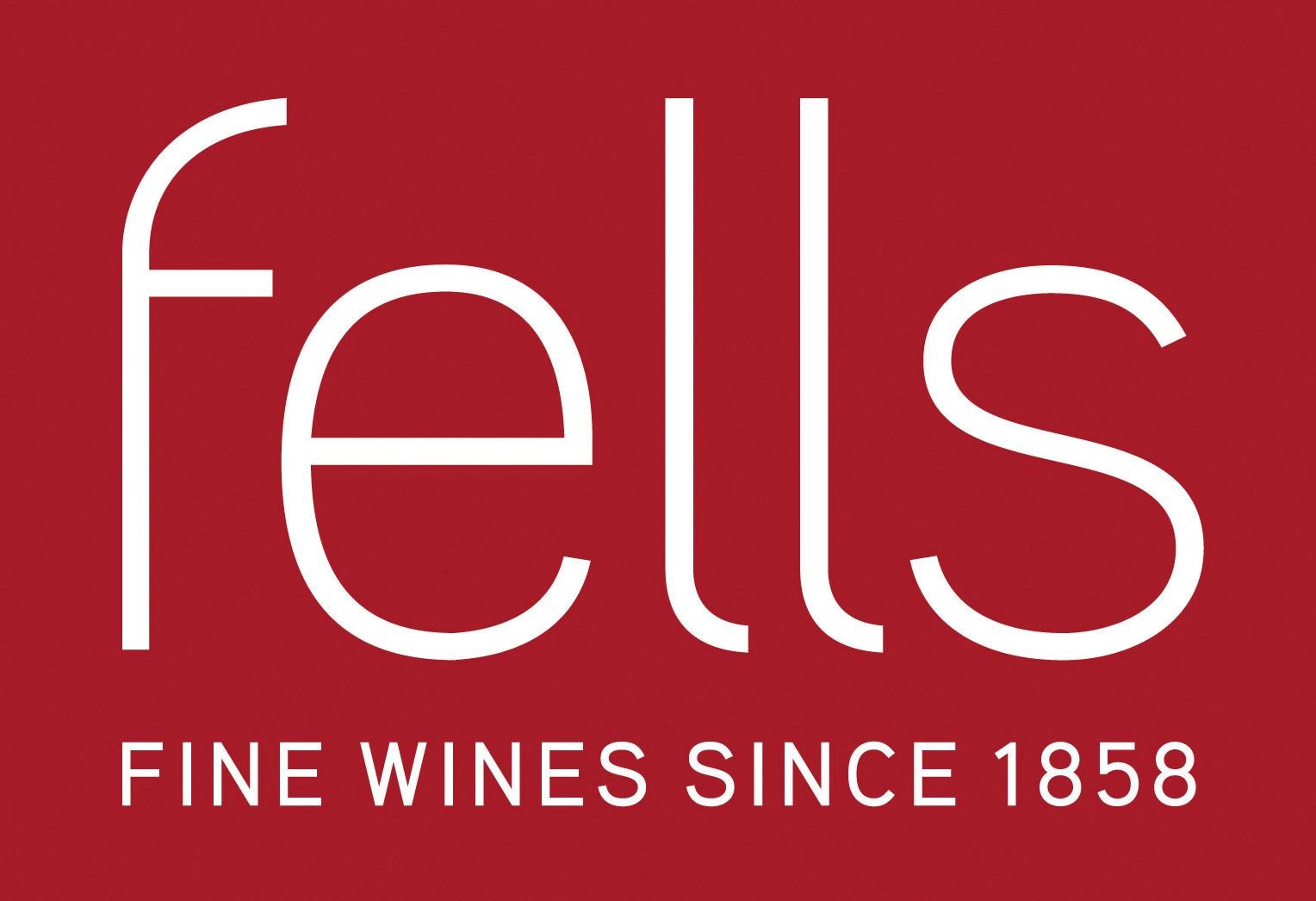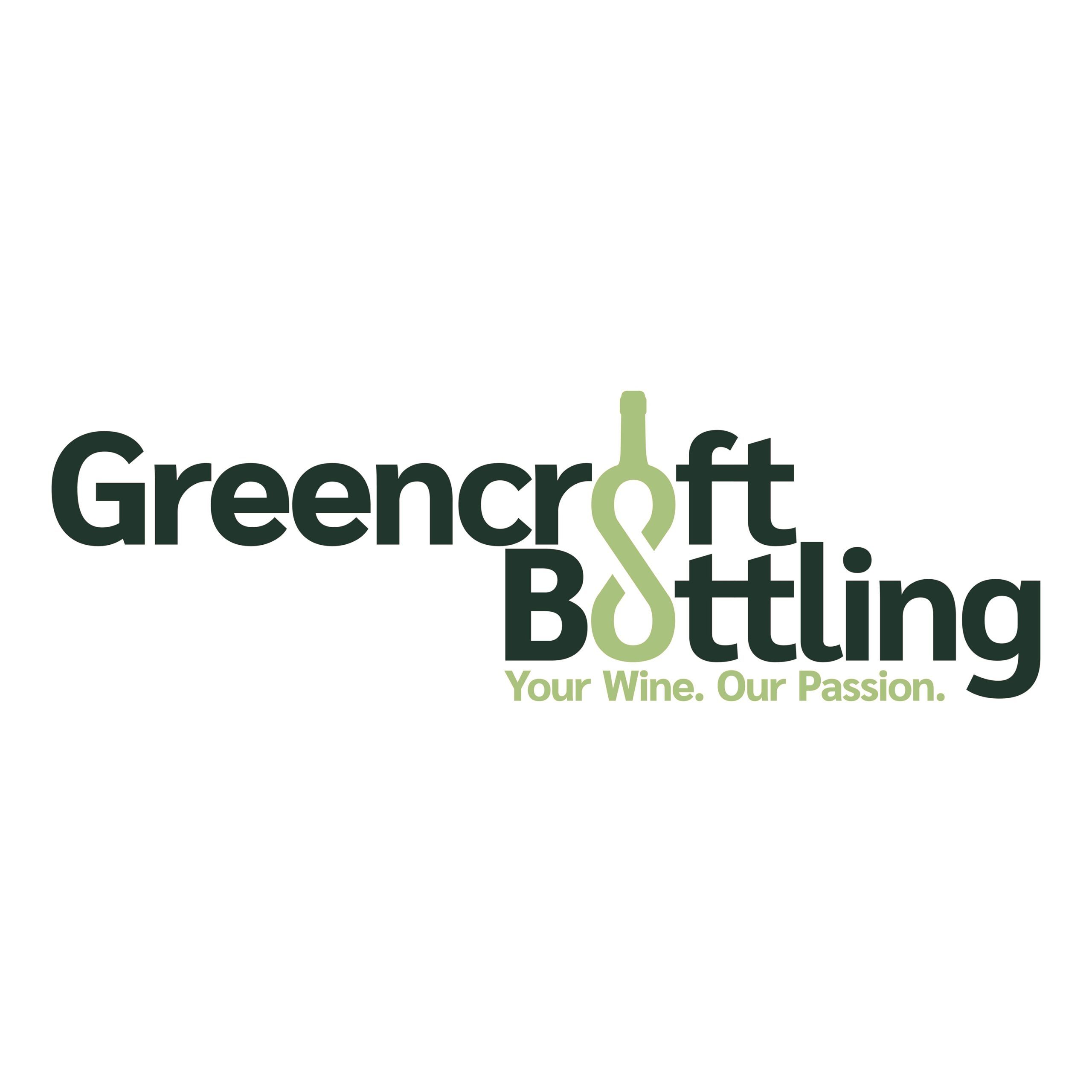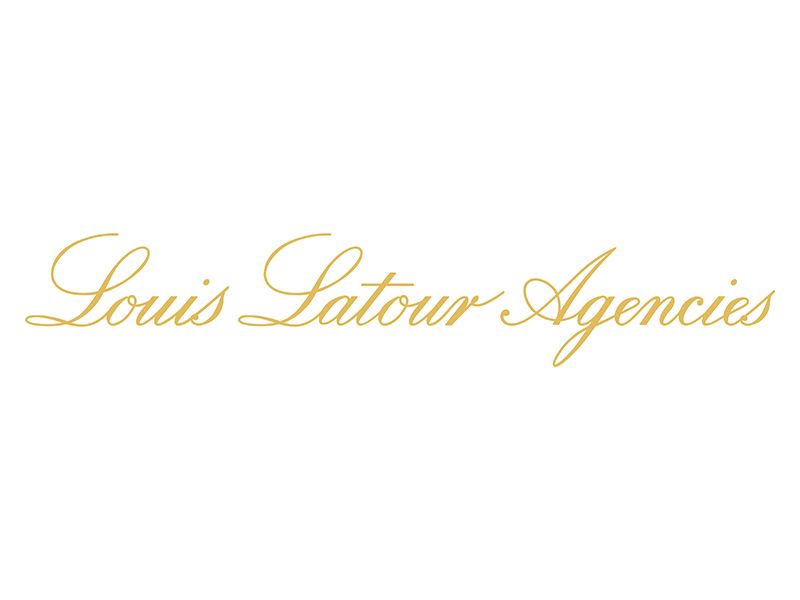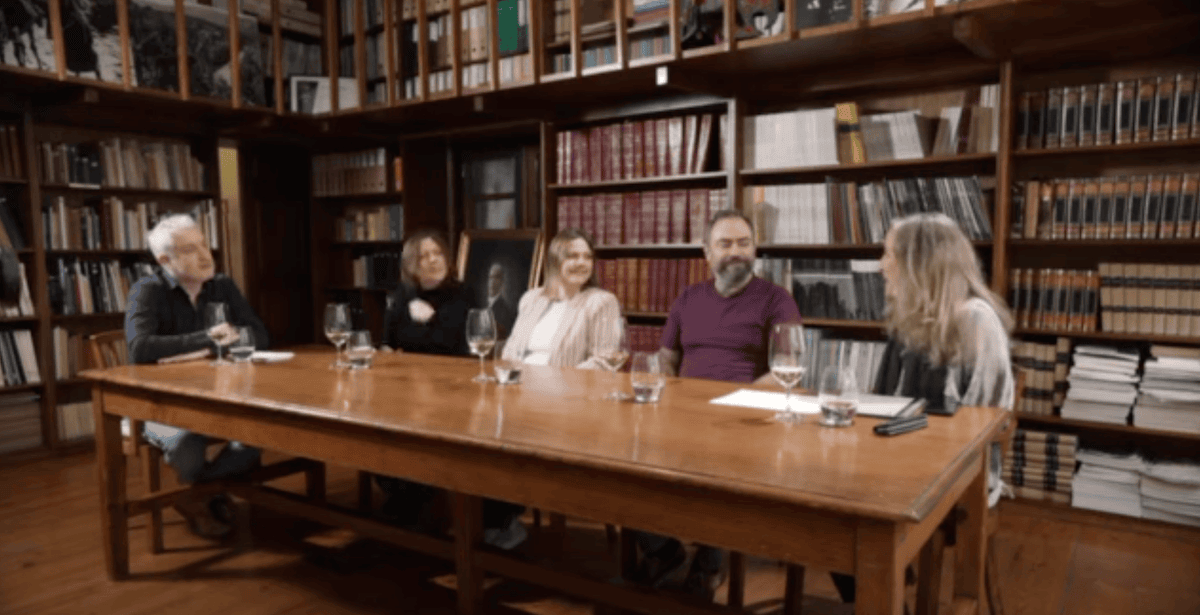Long regarded as one of the founding home’s of fine wine and one of the greatest wine production regions on the planet, Bordeaux has always been a favourite location of mine to visit. So it was with some trepidation that I went to visit, taste and speak to a range of wine producers across the Left and Right Bank post en primeur to garner their thoughts on the future of production and the success or failure of the system.
The effects of the en primeur system have been far reaching. Well known by now are the historic top tiered names of the region who slashed their prices once more for the 2024 vintage – notably the likes of Lafite-Rothschild dropping prices by 29%, Angelus by 31%, Domaine de Chevalier by 30%, Figeac by 36% and Pavie by 42%. Combine that with many châteaux reporting they had only reportedly sold 10% to 30% of their production via en primeur and it starts to highlight some deeply entrenched fundamental struggles.
The Left Bank
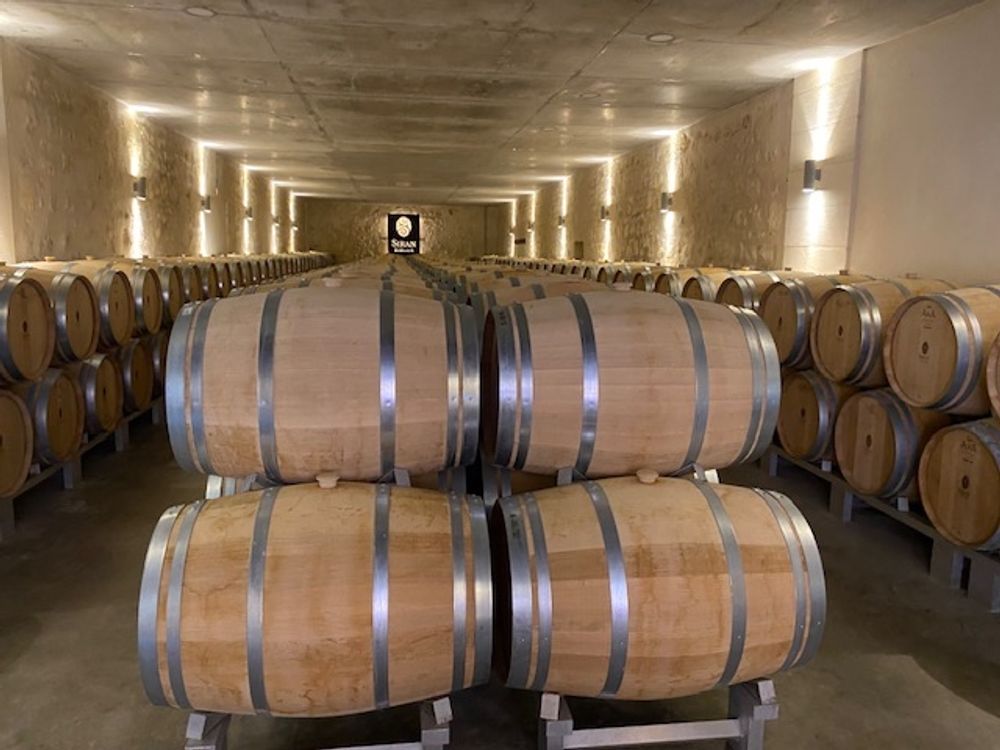
The barrel room at Château Siran in Margaux in Bordeaux
I discussed this point with Edouard Miailhe, owner of Château Siran in Margaux over lunch and a wonderful vertical tasting and it was clear there is great concern going forward.
“En primeur is at an end, for years it took 100% of our wines and following the last two years the region as a whole is in trouble,” he says.
His personal opinion is that it may well be time to open up more communication channels with merchants directly abroad, causing a lot more marketing, logistics, transportation and paperwork.
It is the first time in multi generations that it is facing such challenges and is having to look at the future of its wine sales given his production is 90-130,000 bottles a year depending on harvest with now a serious lack of buyers at an acceptable price via the en primeur system.
Additional worrying factors are at play too, with the younger generation of wine drinkers in smaller numbers than ever before, the consumer looking at ‘drink now’ wines rather than something they have to wait to enjoy and Brexit, which whilst being UK specific, is going to be an issue for wine producers in Bordeaux when looking at direct merchant relationships.
Miailhe adds: “We are also hugely dependant on tourism, the number of visitors we get to the vineyard is consistently high between April and September. We need to look at increasing this to all year round.”
It was a different story with Château Lynch-Bages, a 450,000 bottle annual production size, where primeur shows no sign of slowing down. It says its en primeur campaign remains “solid” and with the diversity of its wine offering has not been as affected as many other chateaux.
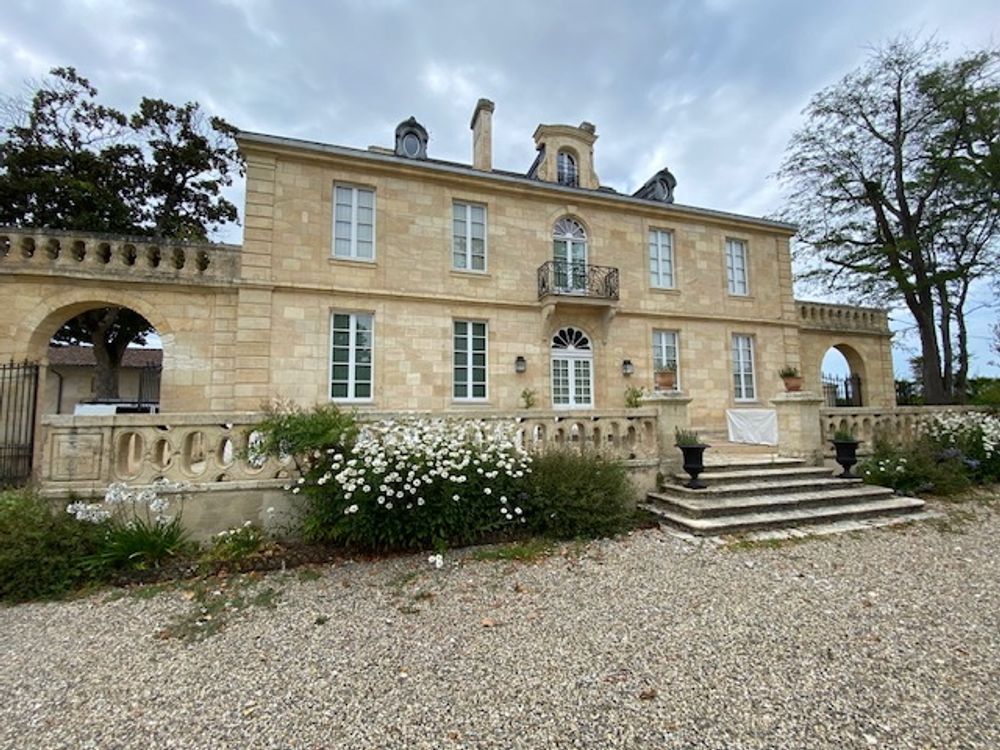
En primeur is still source of demand for Château Kirwan
Château Kirwan, a third growth producer on the Cantenac gravel plateau, owned since 1926 by Schyler family, agreed with Lynch-Bages in its assessment that whilst falling prices over the last two years have been far from ideal, the en primeur system still acts as a first port of call for demand. But it also now relies a lot on tourism, particularly from the US as being crucial to its bottom line.
The Right Bank
But what about the Right Bank – home to the greats of St Emilion and Pomerol?
I first went I went looking for inspiration and found a huge amount of tradition with Vignobles Jean-Luis Trocard. With a history dating back to 1620 andnow into its 15th generation of winemaking, it has seen it all.
Touring around the facilities, it was great to see such creative use of design and space, but what they have done particularly well when making the most of en primeur is having a diverse product offer. It now has five sites across the region and a whopping 17 different wines on offer. This has helped it build demand and relationships with existing customers, but also build strong trade relationships in Asia, especially China, which it sees as being key to its long term future.
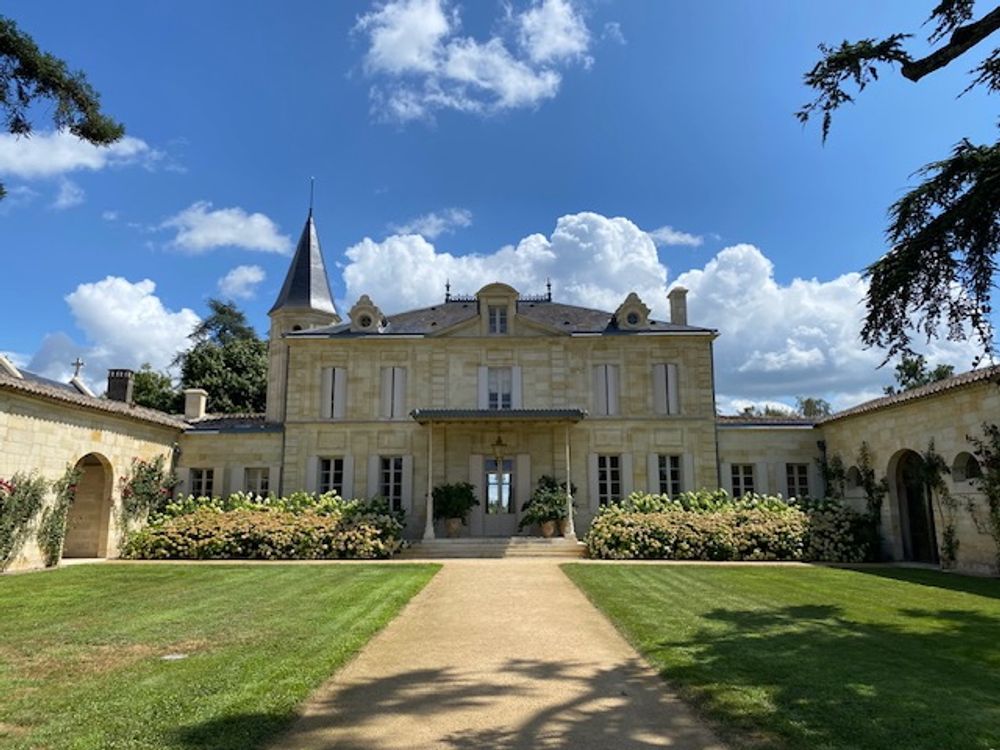
The scale of Cheval Blanc means the en primeur system still works well
Finally, Cheval Blanc and Figeac which, not surprisingly, are such extremely impressive chateaux to visit with such expansive investments in technology and winemaking practices.
Cheval Blanc’s state of the art renovated winery might date back to 2010-11 but its still highly impressive today with its superb rooftop. Figeac’s 5,000m2 and three-level winery (including 12 metres underground) was built in 2021 showcasing the huge scale of both and their capacity to invest. Both have always ranked highly on my list of all time great wines and their popularity sees no signs of reducing in any great size.
Their scale ensures that en primeur works for them, albeit at lower prices than perceived previously. They both mentioned tariffs and the wider geopolitical issues that also lend to diminished demand in the process which is something that neither can control, but the exclusivity and history of both make sure there is international demand for both names.
The crux of the en primeur issue

The impressive winery at Figeac
Now, herein lies the crux of the issue. The top tiered, largest producing chateaux will still likely use the en primeur system as a way of distributing large quantities of their wine, before then potentially utilising additional avenues, with their budgets allowing, where required. The smaller names and producers, some of which have been here the longest in terms of multi-generational families, are fearful of the future.
It is this problem that we need to be looking at alleviating otherwise Bordeaux could see a lot more closures and an ever increasing monopoly effect.
Is it worth thinking about a two tier type system for en primeur, where more exposure to smaller and medium sized producers can get visibility without needing multi-million pound advertising budgets? Or is this the new norm that the wine industry if facing all over the world with reduced demand and too much supply? Is it too late for Bordeaux to come back? It has clearly not reacted quickly enough, but will it lose out to other regions in terms of interest and demand in the long run?
There is a further impact on the en primeur system that has reduced demand. That of the investor. The uncomfortable true being that if you have bought one of the last couple of vintages from Bordeaux as an investment, it is currently worth less than you paid for it. So does Bordeaux and the en primeur system need to think far more about the investor who, after all, are effectively their main consumer?
The final thought maybe should be given to Miailhe, owner of Château Siran, who when I asked him if the French government was looking into this issue, given the size of the agricultural industry, he merely shook his head.
* You can read more from Andrew Lofthouse, The Northern Wine Guy, at his website here.

